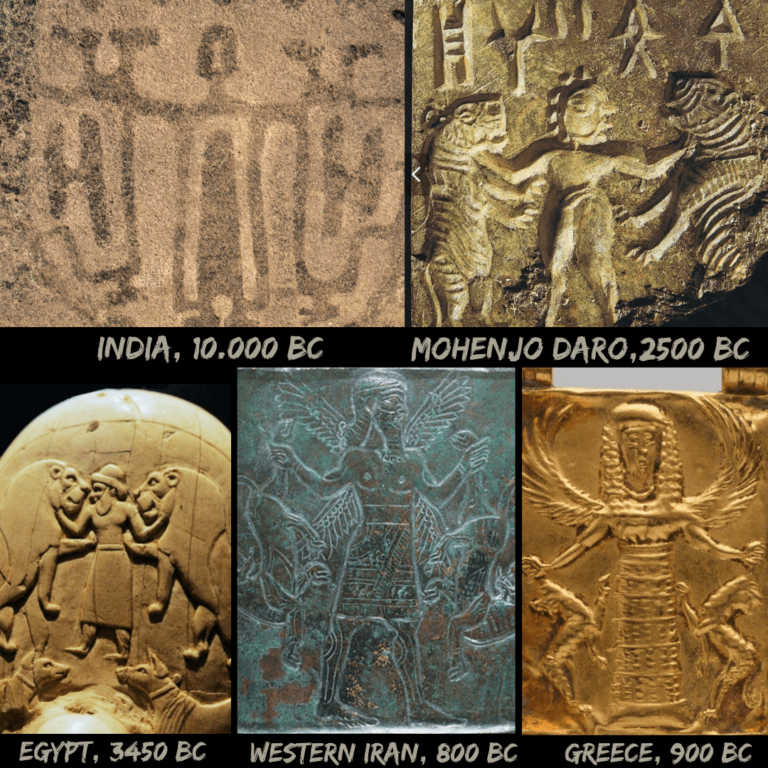ABOUT US
"A new scientific truth does not generally triumph by persuading its opponents and getting them to admit their errors, but rather by its opponents gradually dying out and giving way to a new generation that is raised on it."
Max Planck


History and archaeology have come a long way and gave us an incredibly detailed view of our past. However, when we think about our remote past, things can become complicated really fast.
Many traditions and beliefs were orally transmitted for millennia, and most ancient documents were lost or destroyed, often leaving space to nothing more than hypotheses and speculations to try to put the pieces together.
One of these theories is the Younger Dryas Impact Theory, which gained traction in recent thanks to new scientific evidence.
WHAT DOES THE YOUNGER DRYAS IMPACT THEORY SAY?
What about the human race, though?
If there were any culture and civilizations already thriving at that time, these events certainly led to their extinction, too. Was a civilization already thriving before the Younger Dryas event, like many ancient historians and mythologies suggest? If so, is it possible that they built the unexplained megalithic structures all over the Earth, like several ancient texts say?
Is this the reason why almost every single ancient culture has a myth or sacred text about the deluge or a natural catastrophe that basically “restarted” civilization?
Our goal is to explore this possibility by analyzing the many similarities these ancient cultures shared.
We don’t claim to have the final answer to these questions, but we also think that the theories proposed by the academic environment and inconsistent and incongruent at times, and that different, rational explanations are worth to be considered rather than being discarded regardlessly.
Important Reminder: most of the mainstream theories regarding the building of megalithic sites, and interpretations about symbols and traditions of remote cultures, are conjectures that were made through speculation, the method we also use in our research.
In this space, you can explore the Younger Dryas theory and make your own idea about it.
The Ancient Connection Team
